WATS Hosting Input Meetings on Long Range Transportation Plan
/WATS is performing an interim update to the 2040 Long Range Transportation Plan. While this update largely reaffirms existing investment goals and policies, several new and exciting sections are being proposed for addition, as well as minor updates that have occurred since the Plan's 2013 adoption.
The existing goals, examples of how to meet the goals, and performance measures to track the progress of the goals are outlined in the link.
The goals that provide the direction and vision for the Long Range Transportation Plan are below:
Invest Strategically
Provide access and mobility
Promote a safe and secure transportation system
Protect and enhance the environment
Engage the public in the transportation decision making process
Link transportation planning and land use
The new sections of the plan focus on Target Setting, Driverless and Connected Vehicles, Washtenaw County Equity Initiatives and Environmental Justice review. As part of the update, WATS is hosting several public participation meetings which will provide an opportunity to review and provide comments on the Plan.
2040 LRTP Update public participation meetings are scheduled for:
March 6 - from 5-7pm - Dexter District Library, 3255 Alpine St, 48130
March 9 - from 5-7pm - Ann Arbor District Library, 3333 Traverwood Dr, 48105
March 13 - from 5-7pm - Ypsilanti District Library, 229 W. Michigan Ave, 48197
If you cannot attend the meetings feel free to contact Suzann Flowers at flowerss@miwats.org or 734-994-3127 to share your comments or ask a question.




















